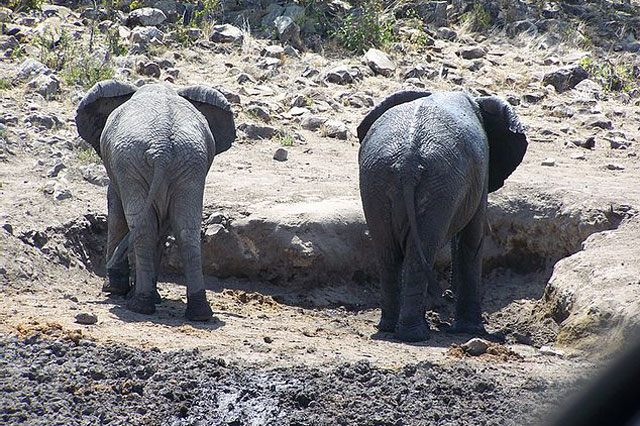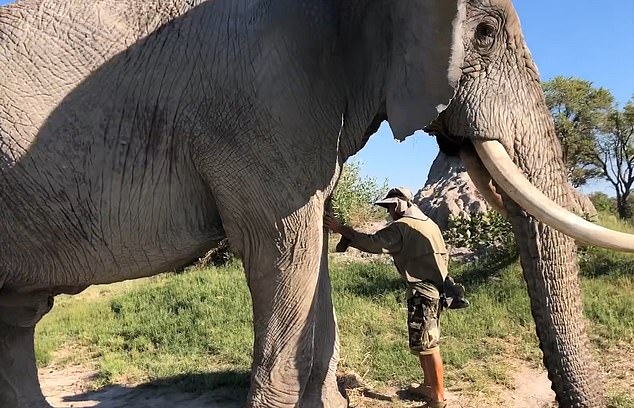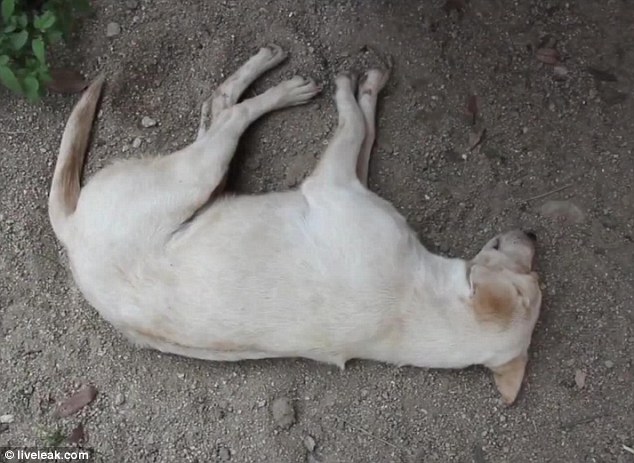The hippopotamus is one of the largest herbivores living in sub-Saharan Africa and is known to be the most ferocious.
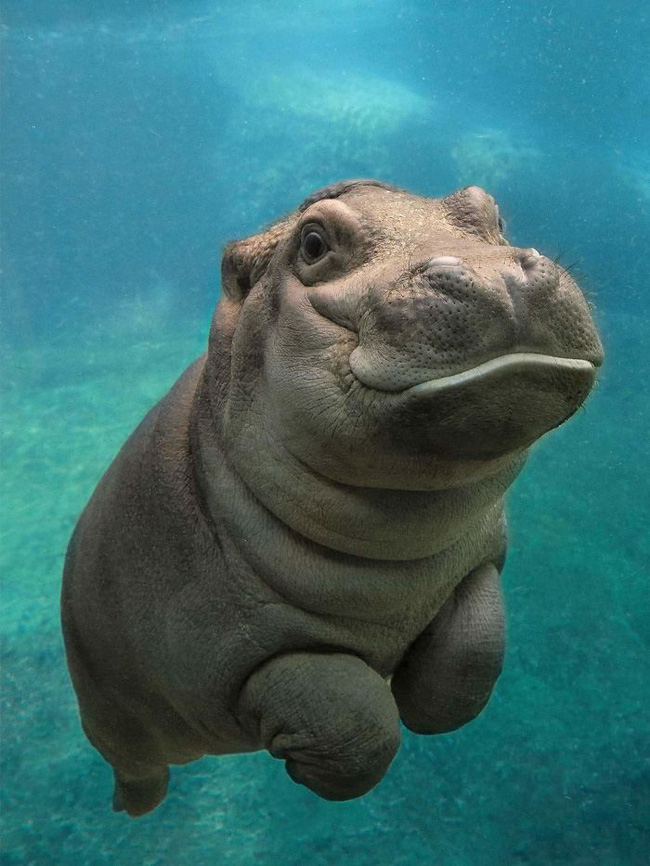
The hippopotamus is famous in Africa because of its huge body weight. In particular, the hippo’s fangs can be up to half a meter long and are not bored with any creature. Let’s take a look at the interesting points of the hippo, one of the animals that caused the deaths of 2900 inhabitants of the black continent.
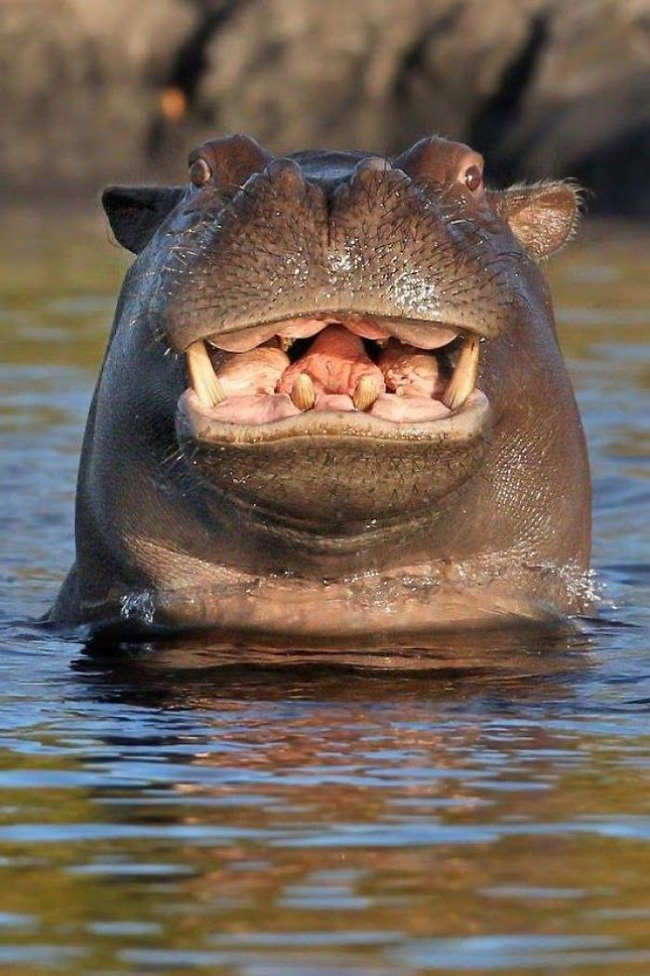
- An adult hippopotamus can consume 15 to 40 kg of grass a day.
- Hippos live near rivers and without water they cannot live. Usually, they will gather in rivers or lakes with a minimum depth of 1.5 m.
- They often have a habit of being immersed in the water or in the area during the day and only come ashore at night to graze.
- The terrestrial mammal hippopotamus ranks third in size after the white rhinoceros and elephant.
- A hippopotamus needs food equal to 1.5% of its weight, or about 15 to 40 kg of grass.
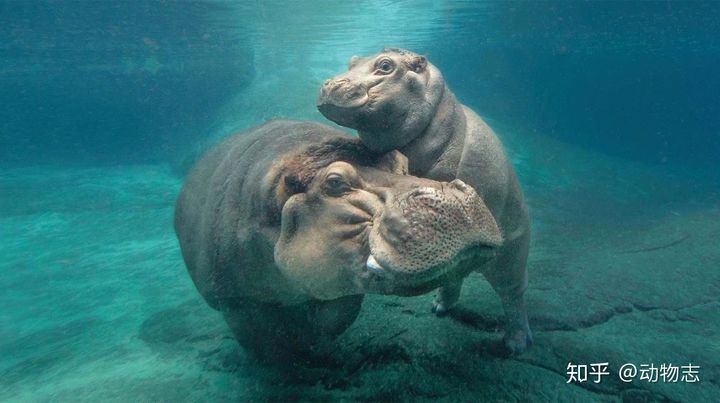
- Hippos can hold their breath for up to 6 minutes at a time. While diving, they will close both nostrils and ears to prevent water from entering.
- Underwater hippos are considered a professional ballet dancer because they can move smoothly in the water.

- Hippos are mammals but have very little hair and their skin can be up to 6 cm thick.
- Their bodies will secrete a red liquid to protect against the sun. This red liquid is often called blood sweat, but it is actually a highly acidic fluid. This fluid acts on the surface of the skin to inhibit the growth of pathogenic bacteria as well as absorb ultraviolet rays.
- This species is polygamous because a male hippo can have up to 200 concubines. However, normally a hippopotamus only consists of about 7 to 15 animals.

- They give birth in the water, but the baby hippo after birth cannot swim. It is for that reason that the mother hippo must let her children come ashore so they can breathe air.
- Male hippos often do not get along with each other, they can quarrel between father and son. While there are hippos, mothers often love their babies very much and are extremely scary to protect their young.

Interesting points revolve around the hippo, hopefully readers will have a better overview of this third largest herbivore.






